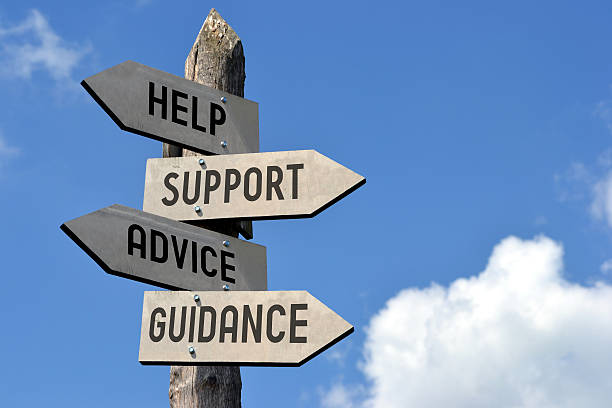The Gaza Strip, a small but densely populated territory, has been the focus of significant international aid efforts due to its ongoing humanitarian crisis. Decades of conflict, political instability, and economic hardship have left much of Gaza’s population in need of basic necessities and services.
International aid has played a crucial role in providing relief and support to the people of Gaza, but it also faces various challenges and limitations.

Effectiveness of International Aid
International aid to Gaza has been effective in addressing immediate humanitarian needs such as food, shelter, and healthcare. Organizations like the United Nations Relief and Works Agency for Palestine Refugees in the Near East (UNRWA) have played a key role in providing these essential services to the Palestinian population in Gaza.
Additionally, international aid has supported infrastructure development and reconstruction efforts in Gaza, particularly after periods of conflict. Projects funded by international donors have helped rebuild schools, hospitals, and homes, improving the overall quality of life for Gazans.
Challenges Facing International Aid
Despite its effectiveness, international aid to Gaza faces several challenges. One of the main challenges is the political and security situation in the region.
Ongoing conflict and tensions between Israel and Palestinian groups, including Hamas which controls Gaza, can hinder the delivery of aid and make it difficult for aid organizations to operate effectively.
Another challenge is the lack of sustainable development in Gaza. While international aid has helped meet immediate needs, it has often not been sufficient to address the underlying causes of poverty and hardship in Gaza.
High levels of unemployment, limited access to clean water and electricity, and a lack of economic opportunities continue to plague the territory.

Future Directions for International Aid
Moving forward, international aid to Gaza should focus on promoting sustainable development and building resilience in the face of ongoing challenges.
This could involve investing in education and vocational training programs to improve job prospects for young people in Gaza.
Additionally, efforts to improve infrastructure and access to basic services such as water and electricity are essential for the long-term well-being of Gazans.
International aid should also prioritize efforts to promote peace and stability in the region. Addressing the root causes of the Israeli-Palestinian conflict and working towards a lasting solution is crucial for improving the lives of people in Gaza and the wider region.
In conclusion, international aid has played a vital role in providing relief and support to the people of Gaza. However, to truly make a difference, aid efforts must address the underlying causes of poverty and hardship in the territory.
By focusing on sustainable development and promoting peace and stability, international aid can help create a brighter future for the people of Gaza.
Follow The Logical World on Facebook for more updates.
